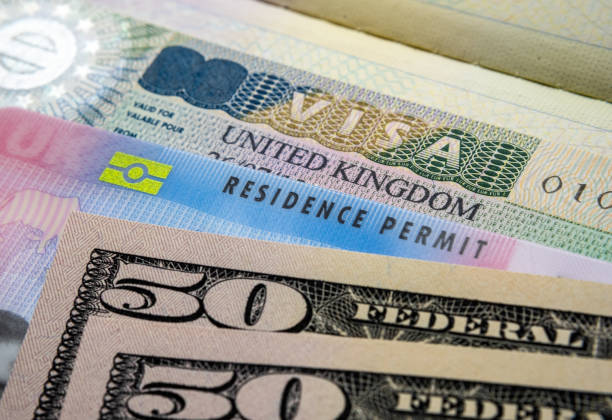A Biometric Residence Card (BRP) is a secure, tamper-proof identification card issued to non-European Economic Area (EEA) and non-Swiss nationals who are granted permission to stay in the United Kingdom for an extended period. BRPs are part of the UK’s immigration and border control system, and they serve as proof of a person’s right to reside, work, or study in the UK. Here is a comprehensive overview of what a Biometric Residence Card is and its significance:
Key Features of a Biometric Residence Card:
- Biometric Data: The primary feature of a BRP is the inclusion of biometric data, which typically consists of a person’s photograph and fingerprints. This biometric information is stored electronically on the card, enhancing security and identity verification.
- Secure and Tamper-Proof: BRPs are designed to be highly secure and tamper-proof. They have numerous security features, including holographic images, UV and infrared ink, and a unique chip that stores the cardholder’s biometric data.
- Proof of Immigration Status: A BRP serves as proof of a person’s immigration status in the UK. It specifies the type and duration of their leave to remain, as well as any conditions or restrictions on their stay.
- Travel Document: In some cases, BRPs can also be used as a travel document for individuals who have been granted indefinite leave to remain in the UK.
Who Needs a Biometric Residence Card:
Non-EEA and non-Swiss nationals who apply for certain UK visas or residence permits are typically required to obtain a BRP. Some common categories of individuals who may be issued a BRP include:
- Students on a Tier 4 (General) student visa.
- Skilled workers on a Tier 2 (General) work visa.
- Family members of British citizens or settled persons.
- Individuals granted asylum or humanitarian protection.
Application Process:
The process of obtaining a BRP typically involves the following steps:
- Visa Application: Apply for the relevant UK visa or residence permit from outside the UK or, in some cases, from within the UK.
- Biometric Enrolment: Attend a biometric enrolment appointment, where your photograph and fingerprints will be taken. This biometric data is used to create the BRP.
- Visa Approval: After your visa application is approved, you will receive a 30-day entry vignette (sticker) in your passport, allowing you to enter the UK.
- BRP Collection: Once in the UK, you must collect your BRP from a designated Post Office or a local service point. You will be notified of the collection location during the visa application process.
Significance of a Biometric Residence Card:
- Legal Status: A BRP is crucial for individuals living in the UK, as it provides legal proof of their right to reside, work, or study in the country.
- Identity Verification: The inclusion of biometric data on the card enhances security and makes it more challenging for identity fraud or document forgery.
- Access to Services: Many services and benefits in the UK, such as healthcare and education, may require proof of immigration status, which the BRP provides.
- Travel within the UK: While not a replacement for a passport, the BRP can be used as a form of identification and proof of immigration status when traveling within the UK.
In summary, a Biometric Residence Card is a crucial document for non-EEA and non-Swiss nationals living in the UK. It serves as proof of their immigration status, contains biometric data for security, and facilitates access to various services and benefits in the country. Obtaining and maintaining a valid BRP is essential for individuals residing in the UK under specific visa or residence permit categories.
